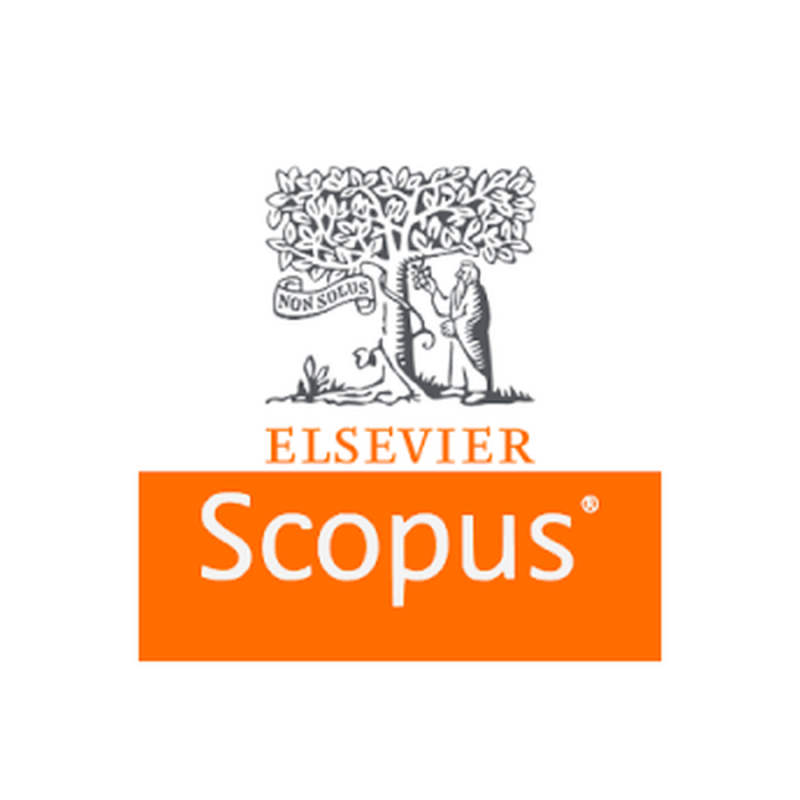Identifying Areas Exposed to Potential Flash Floods and Drawing Map for Them Using Multi-Criteria Decision-Making Depending on GIS and AHP for Erbil Sub-Basin, Northern Iraq
Abstract
Flash flooding is among natural calamities that cause a great deal of harm, including major economic losses, social unrest, and considerable infrastructure destruction worldwide and in Iraq specifically. Erbil basin is among the most susceptible areas in Iraq to torrents hazards, and although identifying and mapping flash flood-prone areas is a critical task for locals and those who make decisions to lower and manage the risk of flash floods, the aim of this research is to locate and map areas in Erbil, northern Iraq, that were vulnerable to flash floods by combining a GIS with an MCDM approach and (AHP). Flash flood-control factors such as elevation, slope, flow accumulation, rainfall, distance to rivers, drainage density, net runoff, land use land cover, groundwater depth, Normalized Difference Vegetation Index and soil types are combined, layered, and weighted to fulfill the study's purpose. According to the results, 23.36% of the basin has low to very low flooding susceptibility, and roughly 76.64% of basin has moderate to very high flooding susceptibility. It is discovered that the southwest and south of the research region, which is distinguished by low slope and elevation, high drainage density, flow accumulation, and land cover and land use, are more vulnerable to flood dangers. Final map of flood susceptibility, which is produced as a result of model's coherence with the recorded historical flood occurrences in study basin, demonstrated effectiveness of method used in the research to identify and map places vulnerable to flooding.



